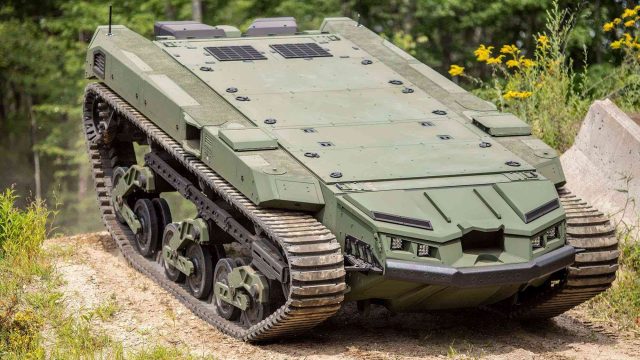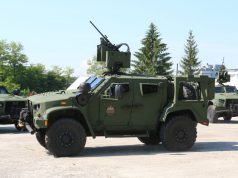The US Army contracted four companies to design and build Robotic Combat Vehicle (RCV) platform prototypes in Phase I of a multi-phase Program of Record competition using the Ground Vehicle Systems (GVS) Other Transaction Agreement (OTA).
Contracts were granted to four companies: McQ, Textron Systems Corporation, General Dynamics Land Systems, and Oshkosh Defense. These agreements collectively hold a base award value of approximately $24.72 million.
As per the official announcement by the US Army, each of the four awardees will construct and deliver two platform prototypes by August 2024 for platform mobility testing and soldier feedback. Concurrently, they will provide integrated system designs aligned with Army specifications for a robotic combat vehicle.
This prototype contract is part of the RCV-Light (RCV(L)) Middle Tier Acquisition – Rapid Prototyping program and may transition to production and deployment to support the Army’s vision for 2030, as stated by the US Army.
Following Phase I, the Army will compete for Phase II among the Phase I contractors and down-select to a single awardee in 2025 to finalize system designs, build, and deliver up to nine full-system prototypes in 2026. Further performance, reliability, and user testing of these systems will support a follow-on production decision in 2027, with the first unit fielding anticipated for 2028.
“Human-machine integrated teams are the future of successful ground combat in the land domain,” said Brig. Gen. Geoffrey Norman, director of the Next Generation Combat Vehicles Cross Functional Team. “Bringing RCVs into our formations will give our Soldiers new capabilities to fight and win with the changing character of war.”
The RCV-Light is set to enhance situational awareness, lethality, and tactical capabilities for the US Army formations in support of multi-domain operations. Operators will have remote control over RCVs or can assign semi-autonomous tasks to them. Different variants will function as “scouts” or “escorts” for manned fighting vehicles.



























